Encounter Lençóis & Chapada Diamantina
Authentic South American Experiences For Your Clients Request A Quote
If the interior of Brazil’s northeast is dry and dusty, the Parque Nacional da Chapada Diamantina sparkles in that dust like the diamonds that have been pried from the earth, and have given the area its name. Chapada is the name given to the flat-topped mountains in this area of the state of Bahia.
Chapada is the name given to the flat-topped mountains in this area of the state of Bahia. The chapadas and the valleys in between are covered in lush green forests, with waterfalls dropping from the top and rivers of the coldest, purest water rushing their way to the bottom of the valleys. Brazil’s highest waterfall is here. It is so high, at 1,312 ft (400m), that the water doesn’t reach the ground! It turns into a spray of mist before, hence the name Cachoeira de Fumaça or Waterfall of Smoke. There is also Marimbus, a swamp area rich in wildlife, earning it the nickname ‘Mini-Pantanal’.

DIVERSE WILDLIFE & CRYSTAL WATERS
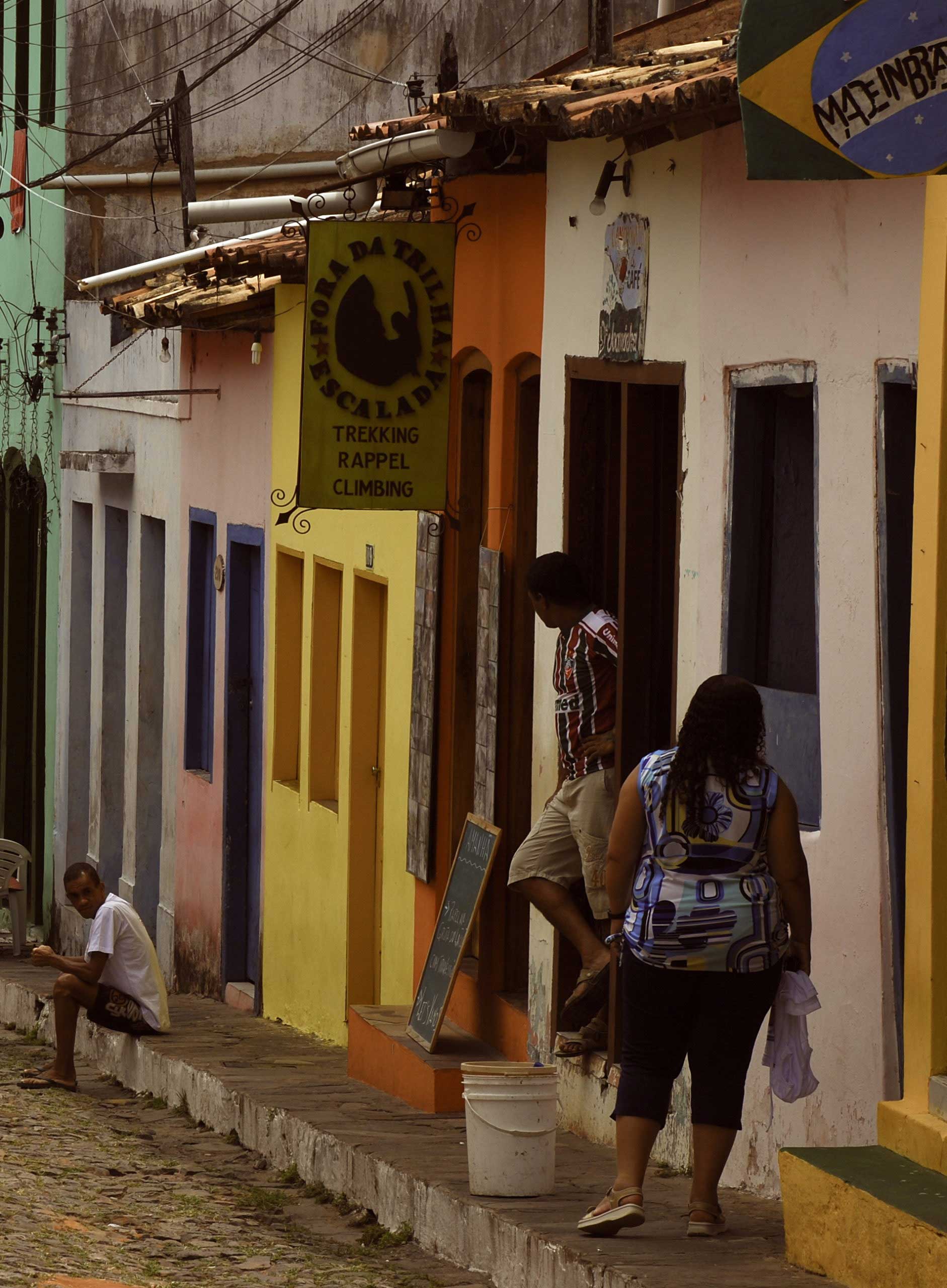
Nature doesn’t get much better than Chapada da Diamantina, and you may even get some beautiful hidden sights to yourself. It still isn’t flooded with tourists like the area was flooded with diamond prospectors in the 19th Century, so the only distractions from the mountain scenery are natural: orchids and bromeliads; butterflies the size of your hand; monkeys; alligators; deer; and possibly even jaguars can be seen amongst the trees.
If you stay in the quaint old mining town of Lençóis, you have all this on your doorstep and, who knows, you may be able to dig up a diamond there too!
build your clients trip with our experts


What not to miss in Brazil’s Amazon
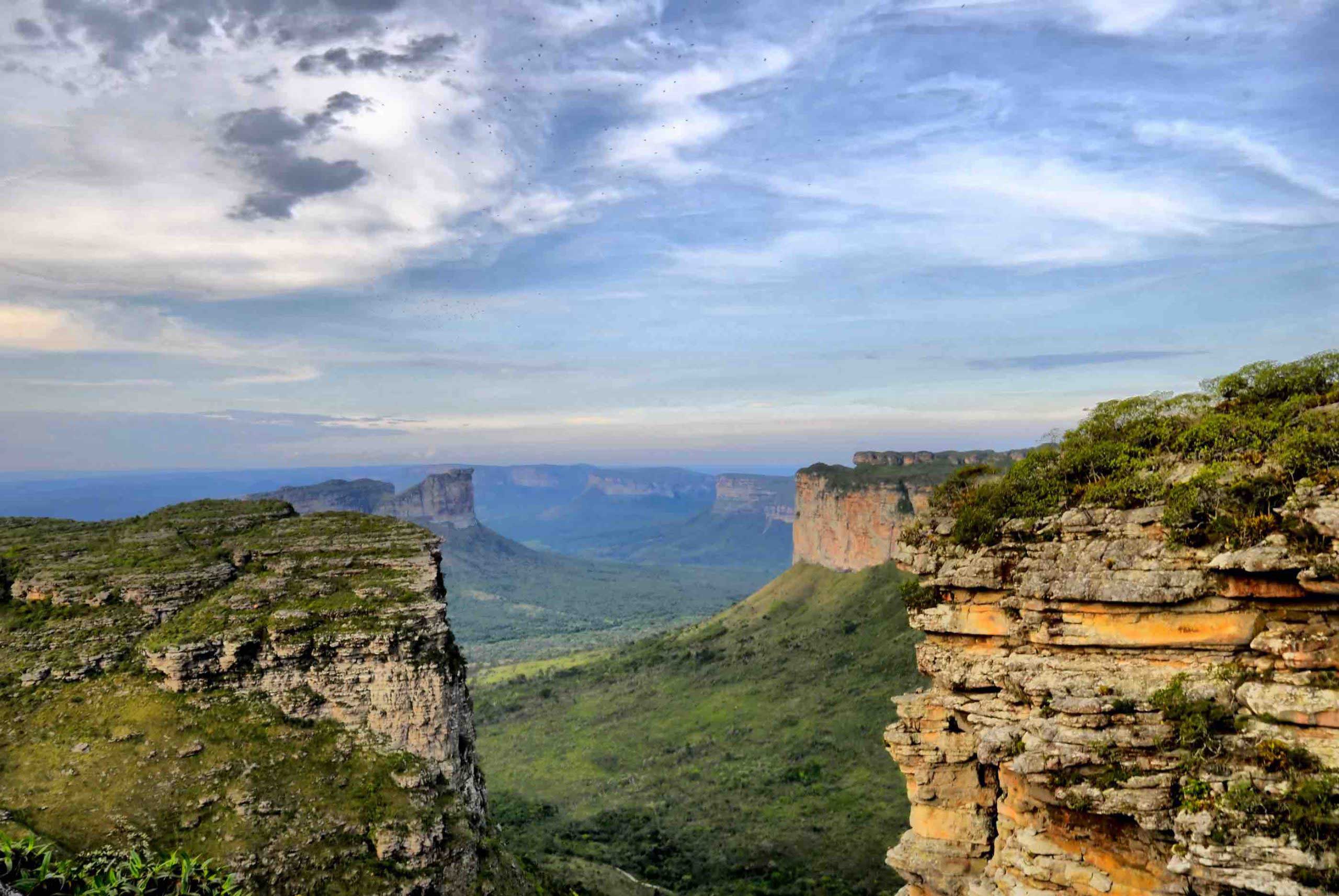
Morro do Pai Inácio
Morro do Pai Inácio gives an unforgettable view of the flat-topped hills and tree-covered valleys in between that certainly makes the effort of the climb to its summit worthwhile.
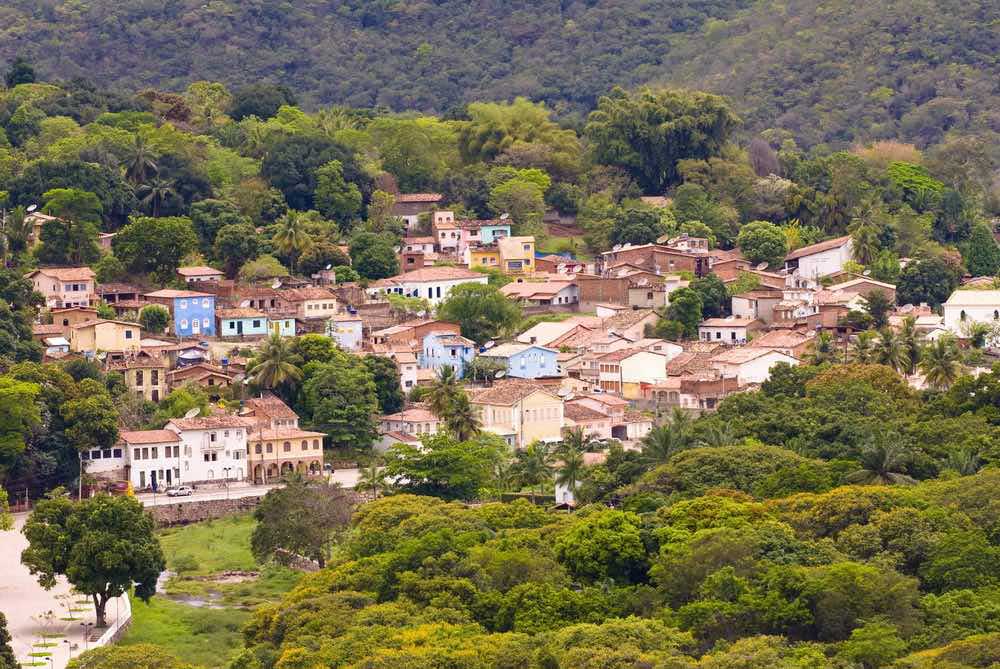
The town of Lençóis
This well preserved colonial town in the northern interior of Brazil was founded during the diamond rush in the 19th century. The story goes that when the prospectors first arrived they set up tents on the hillsides which were said to look like sheets drying in the wind – or to give them their Portuguese name ‘Lençóis’ – and this is where the town got its name. The town of Lençóis acts as the gateway to the Chapada Diamantina National Park, charmingly filled with cobblestone streets, colorful colonial buildings, local cafes and lively restaurants.

The Enchanted Well
The Enchanted Well is 200ft. (61m) deep however the water is so clear that even small stones at the bottom can be seen through the turquoise water. It’s worth noting that this is only possible when the sun is high in the sky during the middle of the day.

The Blue Cave
The Blue Cave has the sun shining on the water at the bottom of the cliff for only an hour a day. The water between around 2.30pm and 3.30pm is staggeringly blue.
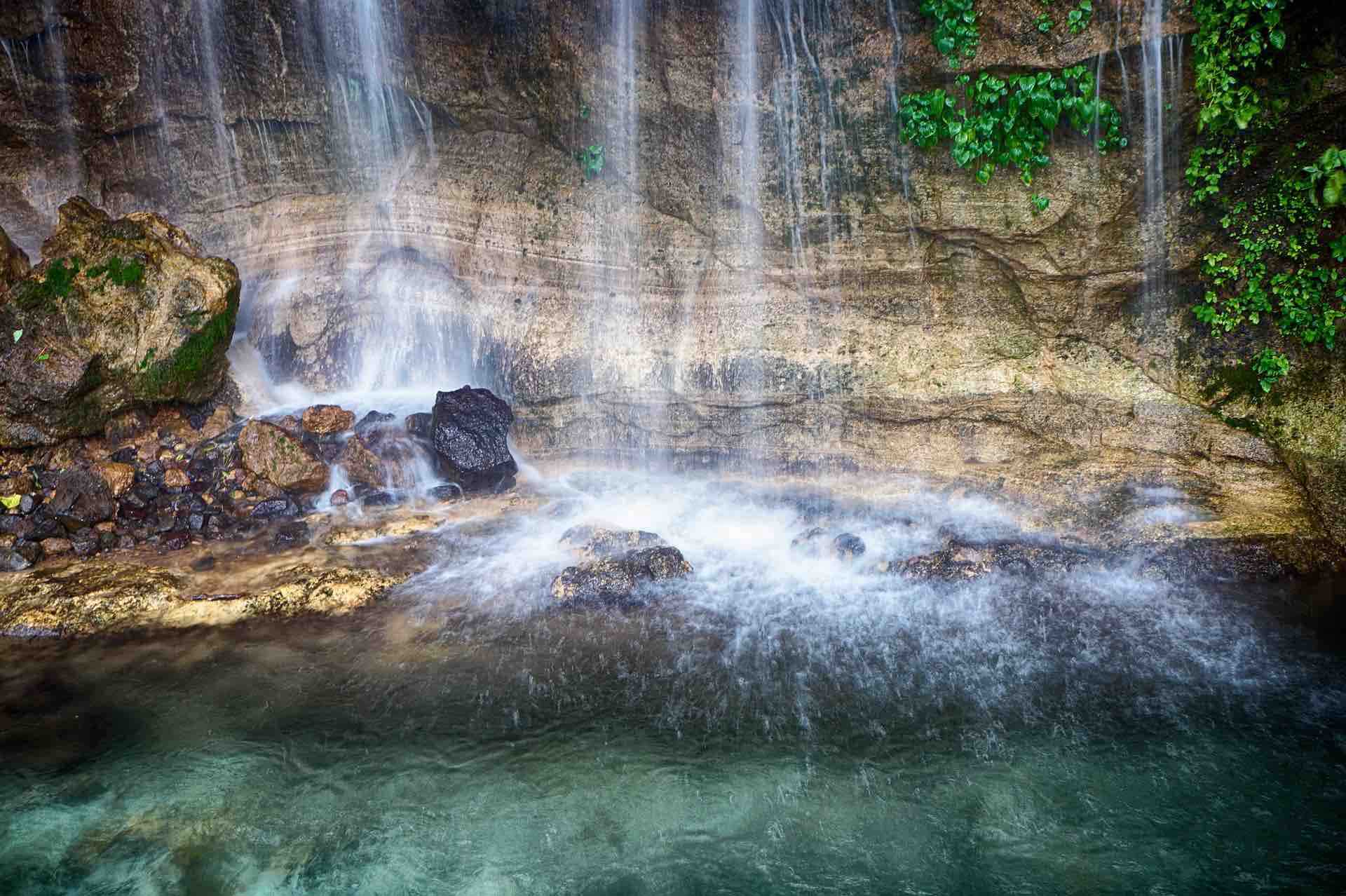
Cachoeira Waterfall
The Cachoeira da Fumaça is 340 m tall waterfall in Bahia, Brazil. It was believed to be the country’s highest waterfall until the 353 m tall Cachoeira do Araca was recently discovered in the Amazon.
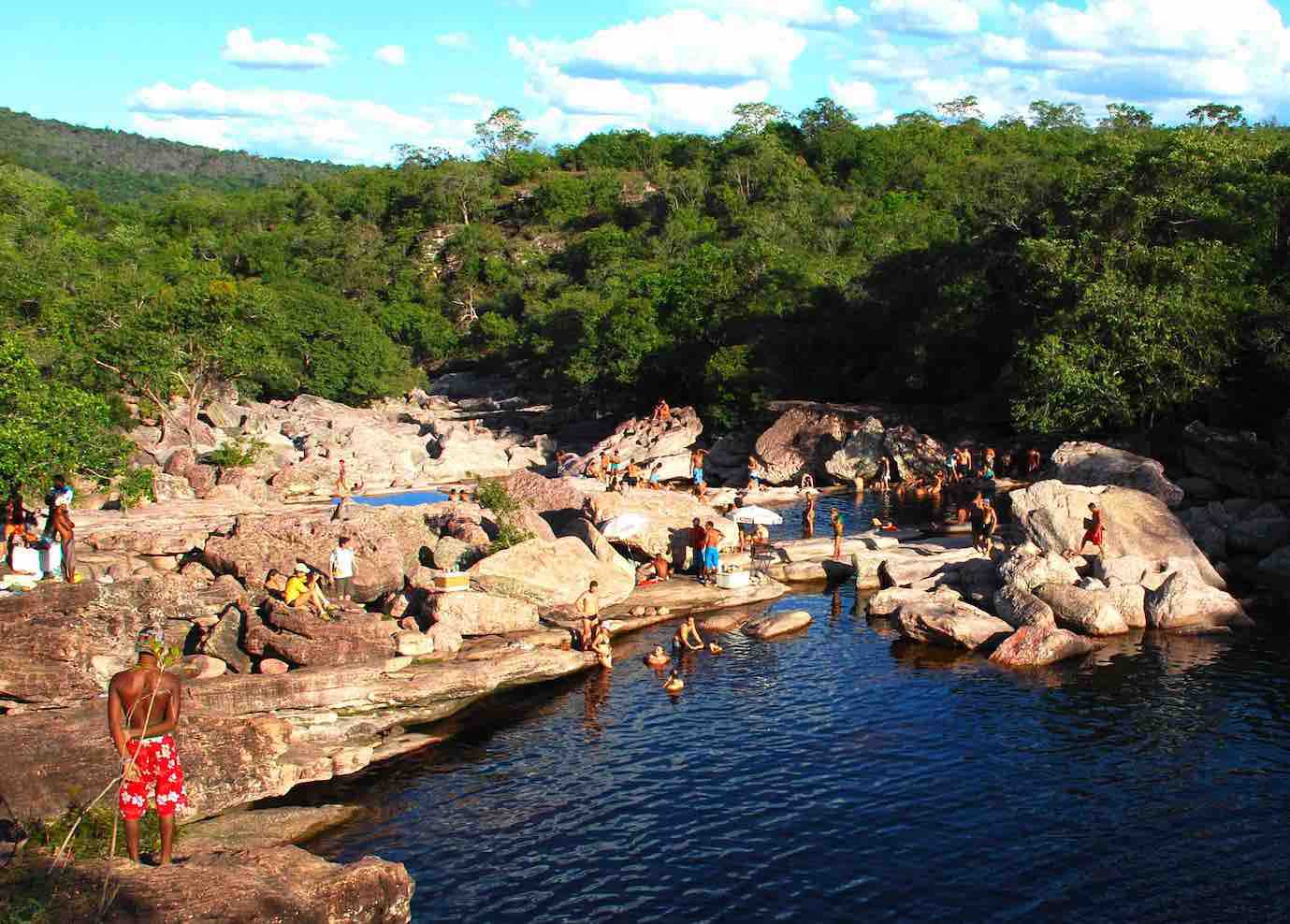
Poco do Diabo Waterfall
Rio Mucugêzinho has many waterfalls, and at the bottom of one you will find Poco do Diabo Waterfall. This beautiful pool ranges between two and five meters deep, and due to high iron content, the water has a dark, rusty tinge. Ideal for swimming and for the brave there is a natural water slide. To reach Poco do Diabo Waterfall you have to take a 30-minute trail following the river.
destination map

| Title | Address | Description |
|---|---|---|
Rio de Janeiro | Río de Janeiro, Estado de Río de Janeiro, Brasil | Rio de Janeiro is truly one of the world’s great cities. It is known to its people, the Cariocas, as the Marvelous City and every visitor to Rio will understand why. Much of that is due to the city’s unbeatable location, nestled between the deep blues of the Atlantic Ocean and Guanabara Bay and the dark greens of the forested mountains, and fringed by stunning golden beaches such as Ipanema and Copacabana.Read more… |
Buzios | Búzios, Estado de Río de Janeiro, Brasil | Búzios is one of the prettiest places in Brazil, and possibly in the world. Any visitor will be able to understand why it is regularly voted amongst the top ten most beautiful places on the planet. The romantic charm of Búzios is not just in the quaint old fishing village with its winding cobblestone streets and picturesque harbor. It occupies part of a small peninsula ringed by 25 beautiful tropical beaches. Read more… |
Paraty | Parati - Estado de Río de Janeiro, 23970-000, Brasil | Paraty is a fabulously picturesque colonial town on one of Brazil’s most beautiful stretches of coastline, the Costa Verde. The town itself, with its colorful old buildings and fishing boats, is dwarfed by the forest-covered mountains behind, which slope down to meet blue waters of the Atlantic Ocean. The rocky coast has many bays and sprinkled with over 60 islands and 100’s of secluded tropical beaches. Read more… |
Iguaçu Falls | Foz do Iguaçu, Estado de Paraná, Brasil | Possibly the most picturesque waterfalls on earth. Unlike other great waterfalls, the majesty of Iguaçu is that the Iguaçu River drops around 328 ft (100m) into 275 separate Falls across its 0.6 mile (1km) width. Many of the Falls would be tourist attractions in their own right, but as a whole, the spectacle is as awe-inspiring as any of nature’s great sights. Read more… |
Manaus & the Amazon | Manaos, Amazonas, Brasil | The idea of visiting the world’s biggest river and the rainforest that surrounds it attracts many adventurous travelers to Brazil. With over half of the world’s largest jungle found in Brazil, it is little wonder that the area’s main city, Manaus, serves as the nexus for most travelers who begin their adventures into Brazil’s lively Amazon Jungle. Read more… |
Southern Pantanal & Bonito | Bonito, MS, 79290-000, Brasil | The world’s largest inland wetland, over half of it lies in Brazil, with Bolivia and Paraguay sharing the remainder. Wildlife viewing here is always spectacular as unobstructed views of large areas of the flooded plains make it possible to spot jaguars, pumas, wolves, deer, anteaters, armadillos, monkeys, around 650 species of bird, and 250 species of fish. Read more… |
Salvador de Bahia | Salvador de Bahía - Bahía, Brasil | Salvador is the heartbeat of Brazil’s African culture with rhythms, dances, clothes, food and beliefs all imported, along with the people, from the continent across the Atlantic Ocean. The majority of Africans were taken to Brazil as slaves to work on sugar and coffee plantations in Salvador, the first capital of Brazil. Read more… |
Lençóis & Chapada Diamantina | Chapada Diamantina, Andaraí - State of Bahia, 46750-000, Brasil | Nature doesn’t get much better than Chapada da Diamantina, and luckily isn’t flooded with tourists. So the only distractions from mountain scenery are natural: orchids and bromeliads; butterflies the size of your hand; monkeys; alligators; deer; and possibly even jaguars can be seen amongst the trees. Read more… |
Depending on your client’s preferences, we can help you determine the best experiences tailored for your clients. From where to visit, when to go, what to do and how to get there safely, our travel experts will help you create an experience your clients will love.
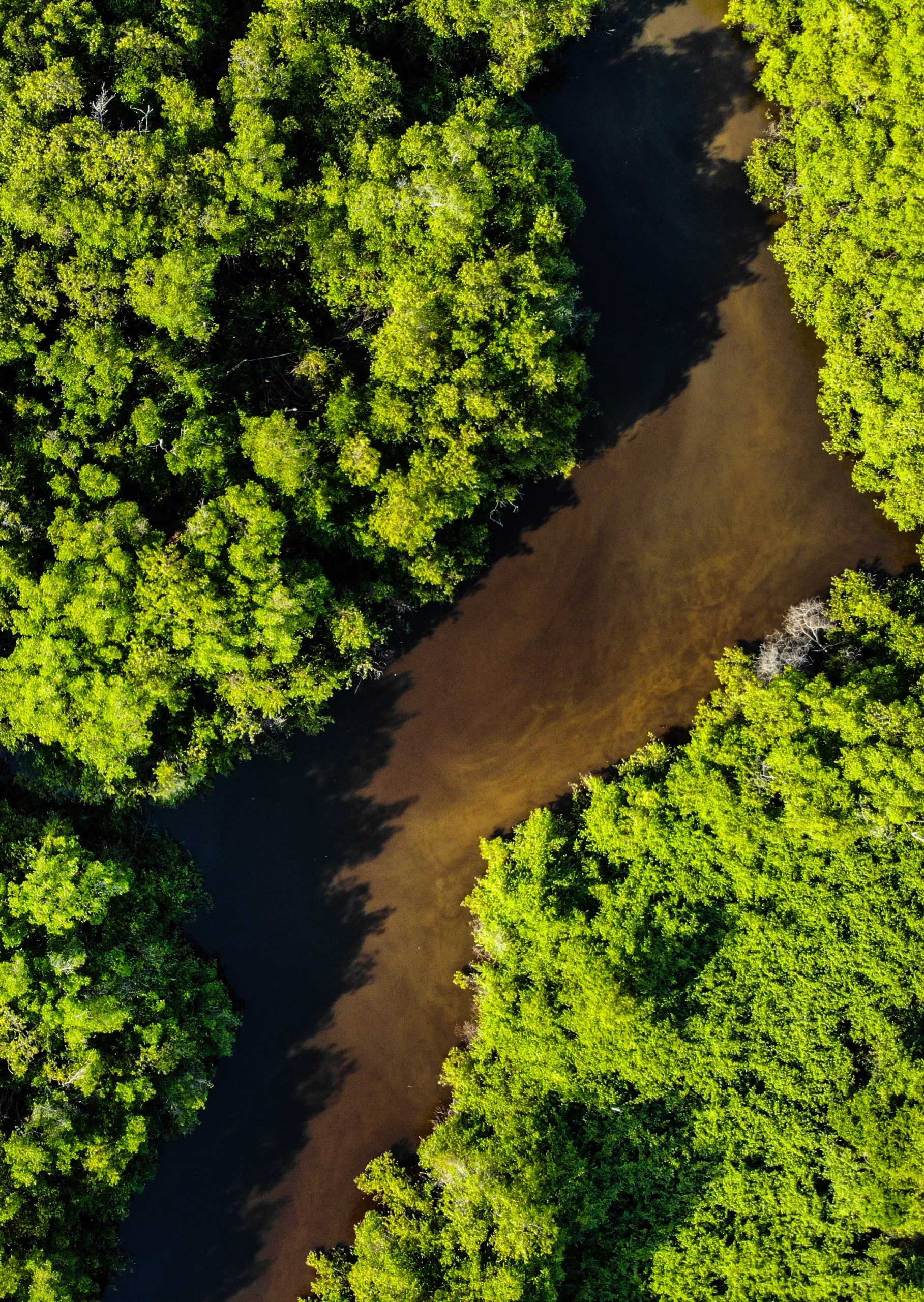
Best times to visit Lençois
Lençois and the Chapada Diamantina National Park can be visited at any time of year. However, November until March is the wet season which usually means frequent showers but also some good weather. This is still a popular time to go because temperatures are high, and the waterfalls and rivers are at their most impressive. The drier and also cooler part of year is from April until October which make good months to visit, especially for hiking. You should expect some rain at any time of year, though.
Temperatures usually sit around 77˚ and 86˚F (20˚ and 30˚C), punctuated by occasional tropical storms that are most common between November and March.
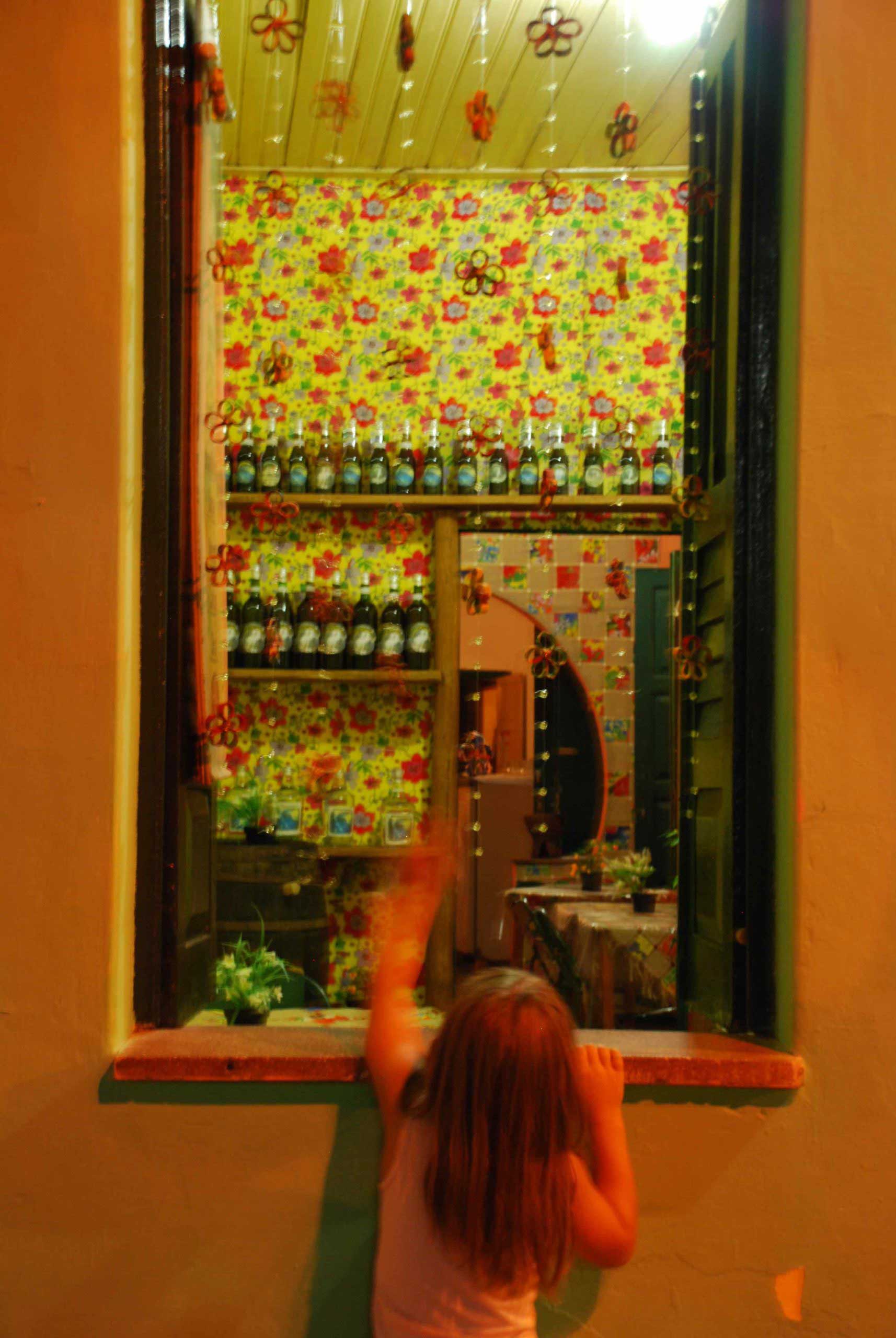
practical information
HOW TO GET THERE
The closest airport to Lençois is the airport in Salvador, which receives some direct flights from Europe, with Air Europa and TAP providing schedule flights. All other flights are domestic so for other international arrivals, a connection in Rio de Janeiro or São Paulo is necessary.
From Salvador it is about 320 kilometres to Lençois and will take about 5 hours in a car and 6 hours in a bus. there are good bus connections between Salvador and Lençois and buses depart multiple times per day.
GETTING AROUND
It is possible to rent a car in Salvador and travel to Lençois as a self-drive. This will give you all freedom to explore the natural wonders of the Chapada Diamantina. If you don’t have your own car, you can easily arrange to see all highlights either in a group excursion or private excursion.
WHERE TO STAY
The best place to stay is in the town of Lençois, the accommodation ranges from budget to mid-range. Most hotel options are small pousadas or Bed & Breakfasts, with 2 more comfortable options (Hotel de Lençois and Pousada Canto No Bosque).

More highlights of Brazil
With eight local offices in Latin America, we have the perfect base to help you build the perfect trip for your clients. Unrivaled experience with a wide selection of bed & breakfasts, small posadas, unique boutique hotels and world class luxurious lodging.
